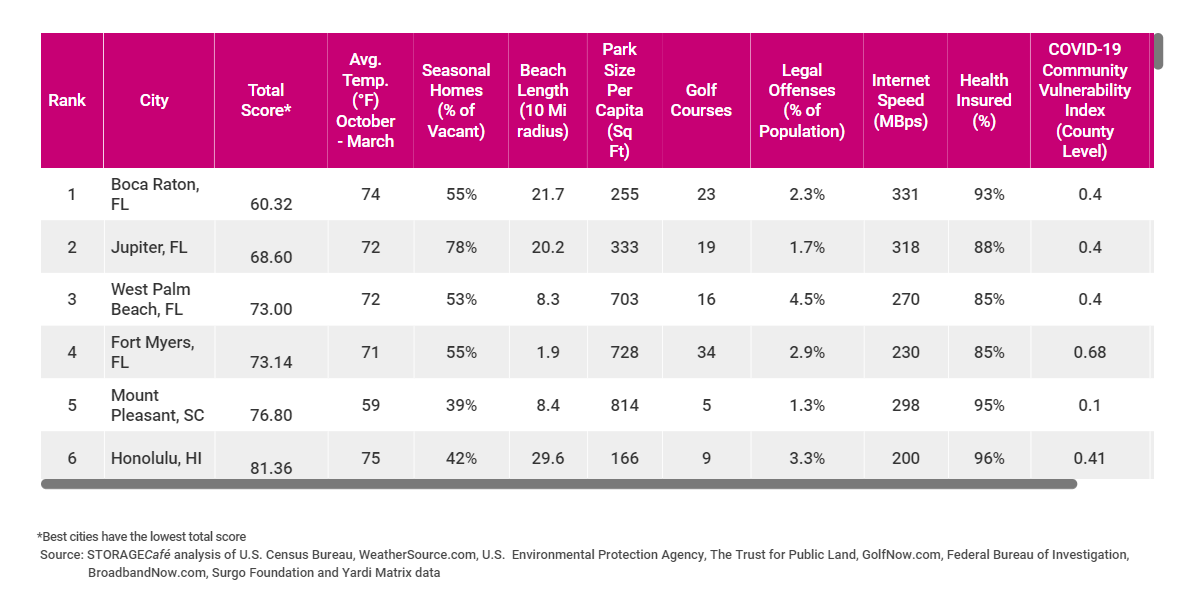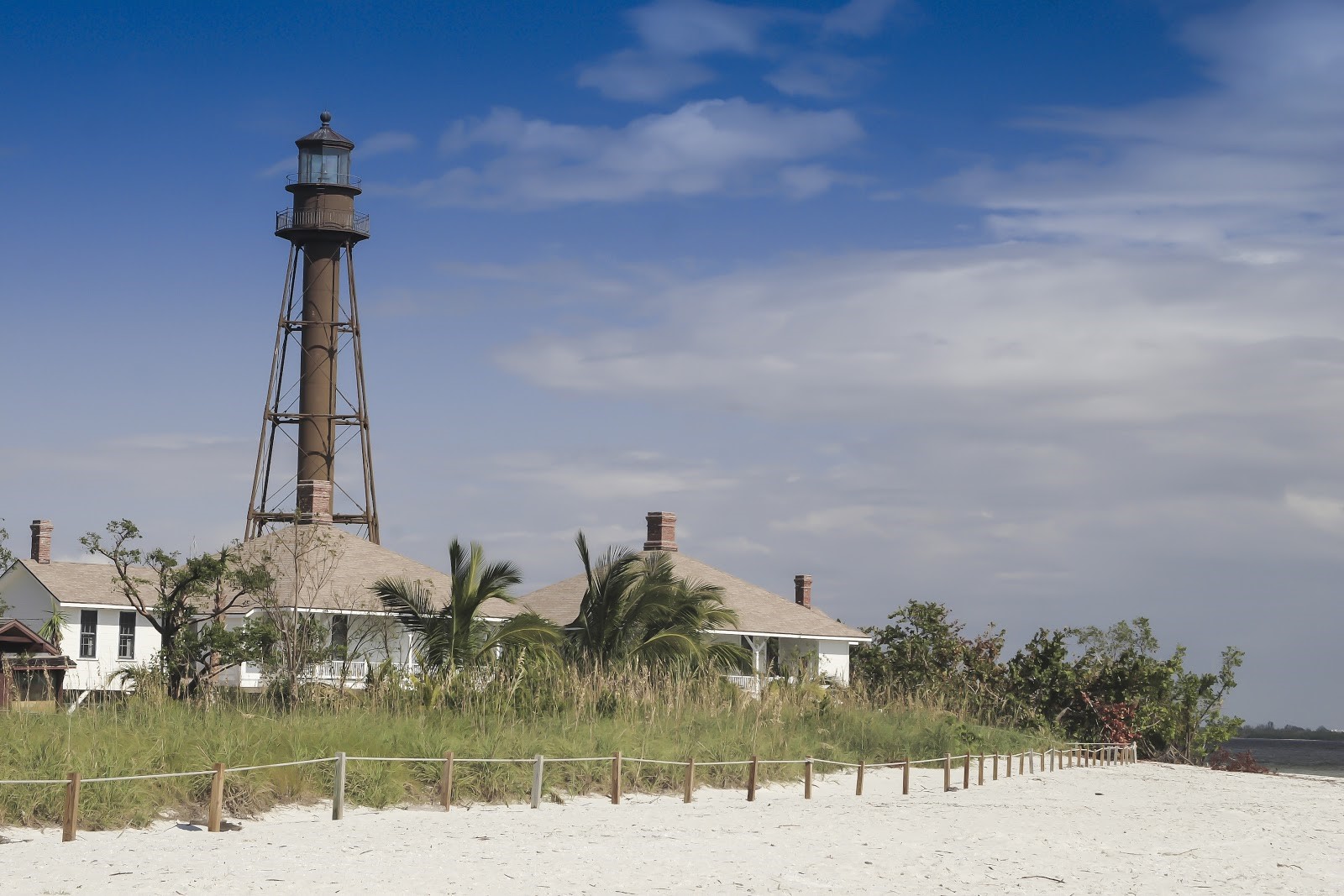Beyond booking your next vacation someplace warm and sunny, or weather related vacation delays or cancellations, most people do not think about how weather is tied to travel and tourism?
Several entities have researched this topic, specifically relating to Florida travel. Thetopvillas.com says best time to visit South Florida for dry weather and buckets of sunshine is the winter and springtime (roughly December to April) which are also the most popular among tourists visiting southern destinations like Miami, Naples and Marco Island. Many tourists plan to visit during the winter months when the temperatures are more moderate than during the hotter summer months.
Warm weather in Florida during the winter months is definitely a big draw for tourism, and weather can differ greatly throughout the year according to StorageCafe’s recent article researching this. Tourism is big driver to the economy with Boca Raton being top pick this group according to the article. StorageCafe’s research also included location temperature data from Weather Source outlined below.

Scotta and C. Lemieuxa did extensive research into weather and travel, their study called Weather and Climate Information for Tourism, finding that “all tourism destinations and operators are climate-sensitive to a degree and climate is a key influence on travel planning and the travel experience.” The tourism sector is one of the largest and fastest growing global industries and is a significant contributor to national and local economies around the world they note.
In their paper they note that all tourism destinations are influenced by natural seasonality in demand, are affected positively or negatively by climate variability (heatwaves, unseasonable cold, drought or storms and heavy rain).
In the same way that weather affects the destination choice of travelers it highly influences the timing of travel. Extreme weather events routinely influence tourism operators and travel decisions in regions such as the Gulf of Mexico. The economic impact of hurricanes on tourism in this region is often substantial. In the Florida Keys, the ten-day closure and clean-up following Hurricane Georges in 1998 resulted in tourism revenue losses of approximately US $32 million.
In 2018, the Florida tourism industry was tested with Hurricane Michael, a near-Cat 5 storm. Nerissa Okiye, Martin County’s tourism marketing manager said, “The industry comes together when things like hurricanes happen, so experienced people from around the state help each other. They also utilize Visit Florida, the state’s public/private tourism promotion agency. They promoted parts of the state that are in good shape for visitors, and offered state grants for promoting areas that have emerged from weather or environmental crises. Individual counties planned for their own marketing pushes, chipping in tax dollars for more marketing when all is well – and in some cases, for cleanup and repairs for public areas.
The demands for accurate and increasingly detailed weather and climate information are therefore anticipated to increase substantially in order to allow tourism businesses and destinations the necessary and actionable data to minimize associated risks and capitalize upon new opportunities. The World Meteorological Organization defines “weather and climate information” as including: historical data, analyses and assessments based on these data, forecasts, predictions, outlooks, advisories, warnings, model outputs, model data, climate projections and scenarios, climate monitoring products, etc.
Using historical data to plan
Scotta and Lemieuxa also explain “that weather and climate information provide input into a several decision-making contexts for tourism developers, operators and destinations.” They believe historic weather and climate data is the foundation for the growing application of innovative weather derivatives to reduce weather risk in the tourism sector.
Businesses that subscribe to hyper-local temperature and weather data can be extremely successful. Weather Source provides weather and climatology data through our OnPoint Weather Product Suite which empowers organizations with the necessary data to create actionable insights and relevant business intelligence with data that is precisely mapped to your precise business location.
Talk to Weather Source about how our weather and climate data can power your analytics and business intelligence.



